Transforming Rural Water and Sewer Communities: Unlock the Potential of the Texas Water Development Fund (DFund) Loan Program
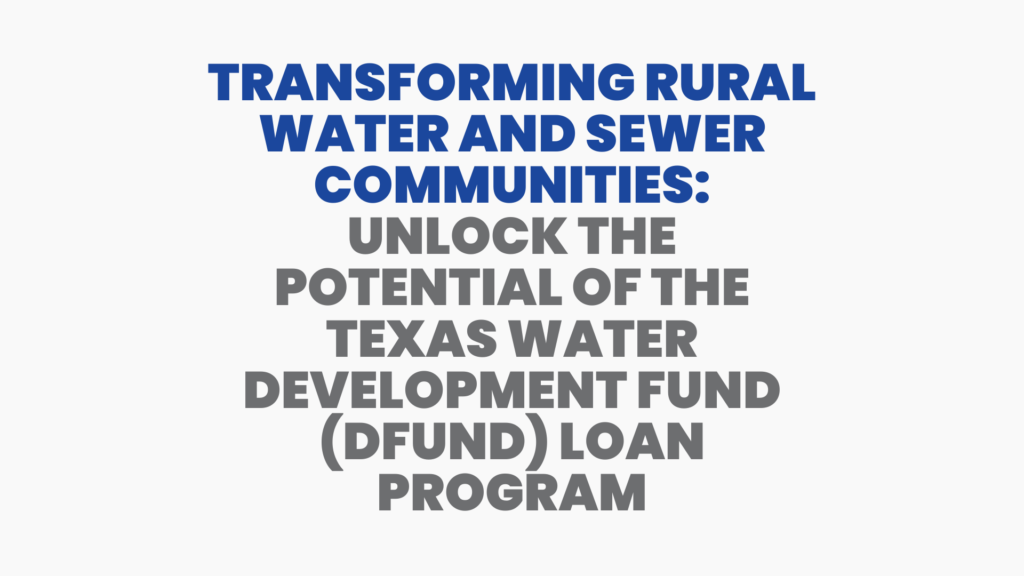
Living in a rural water and sewer community means playing various roles to ensure the wellbeing of your neighbors. This responsibility also involves learning about different ways to enhance the quality of life for everyone around you. One such avenue is through funding programs, such as the Texas Water Development Fund (DFund) Loan Program, that can help improve water and wastewater infrastructure. Here are the key things you need to know about the DFund and how it can be beneficial for your community.
Revitalize Your Community with the USDA Water & Waste Disposal Loan & Grant Program in Texas
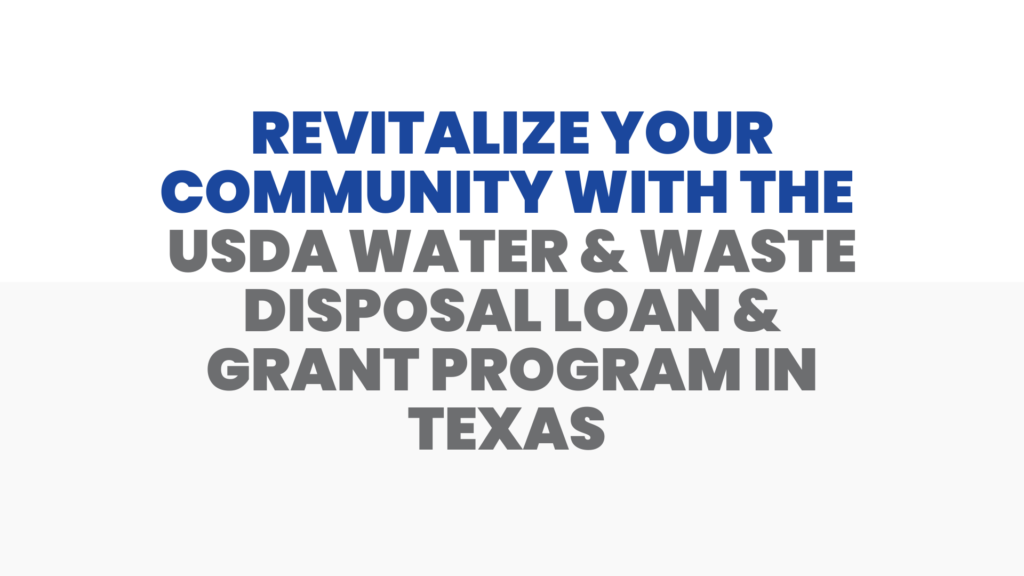
Navigating the waters of rural water and sewer systems can be challenging. But did you know that there is a funding mechanism available to help improve your community’s water infrastructure? The Texas Water Development Board’s Drinking Water State Revolving Fund (DWSRF) Loan Program could be the key to unlocking significant improvements in your water and sewer services. Here’s what you need to know.
Uncovering the Potential of Detailed Water Loss Analysis in Rural Communities
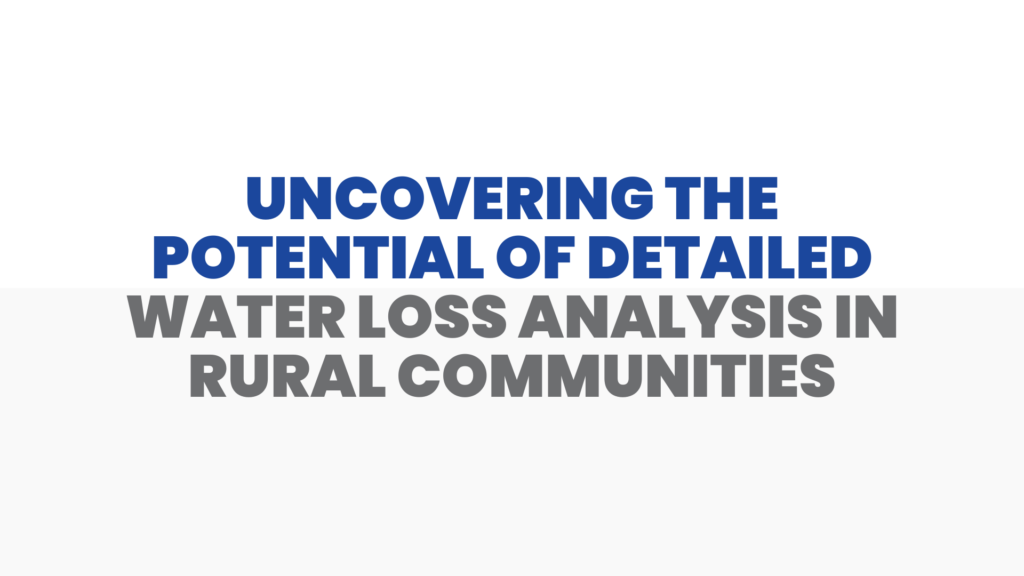
In a recent episode of Engineering for Communities Live, The Importance of Detailed Water Loss Analysis | EP 9, we explored the significance of conducting detailed water loss analysis in rural water and sewer communities. We initiated the discussion by sharing insights from our interviews with water and sewer providers in Colorado and Texas. Surprisingly, half of the 14 water providers interviewed were grappling with unidentified water losses, highlighting the need for a more comprehensive approach.
Unlocking the Potential of the Drinking Water State Revolving Fund (DWSRF) for Your Rural Water Community
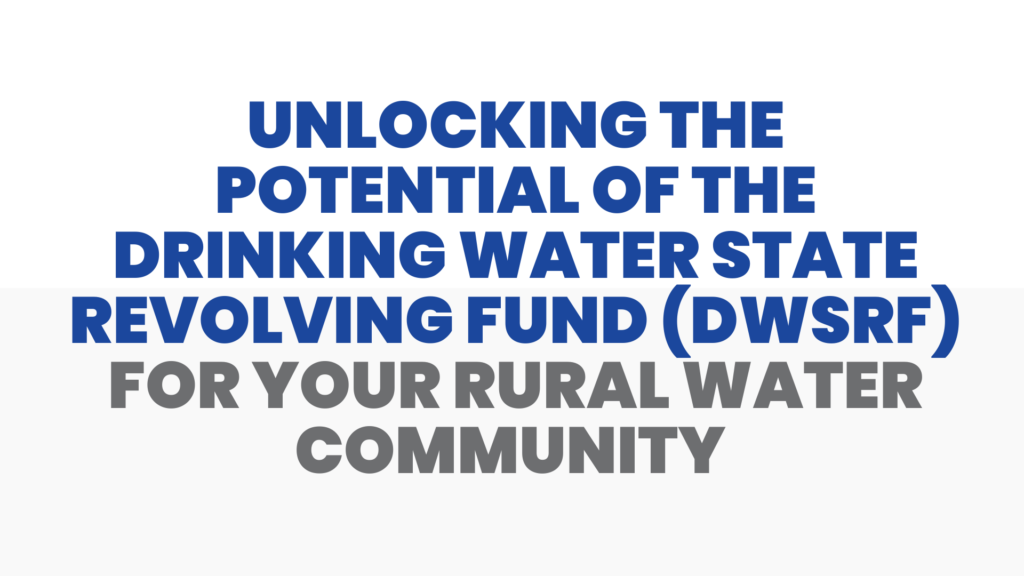
Navigating the waters of rural water and sewer systems can be challenging. But did you know that there is a funding mechanism available to help improve your community’s water infrastructure? The Texas Water Development Board’s Drinking Water State Revolving Fund (DWSRF) Loan Program could be the key to unlocking significant improvements in your water and sewer services. Here’s what you need to know.
Unlocking Funding Opportunities: The Texas Water Development Board’s Clean Water State Revolving Fund (CWSRF) Loan Program
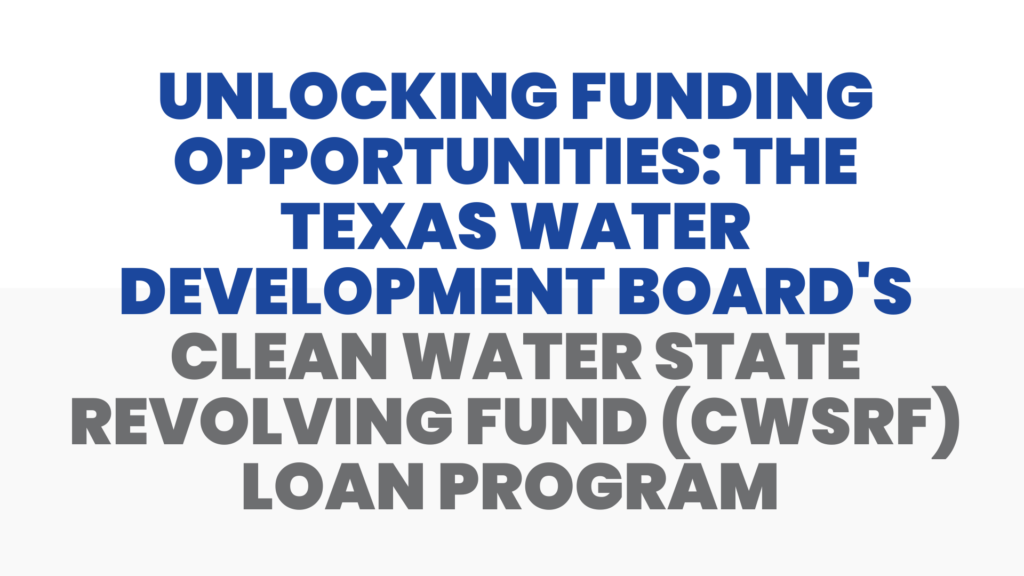
In rural water and sewer communities, we are the stewards of our natural resources. We understand the importance of maintaining clean water for our families, farms, and future generations.
Making the Most of the Economically Distressed Areas Program (EDAP) for Your Rural Water and Sewer System
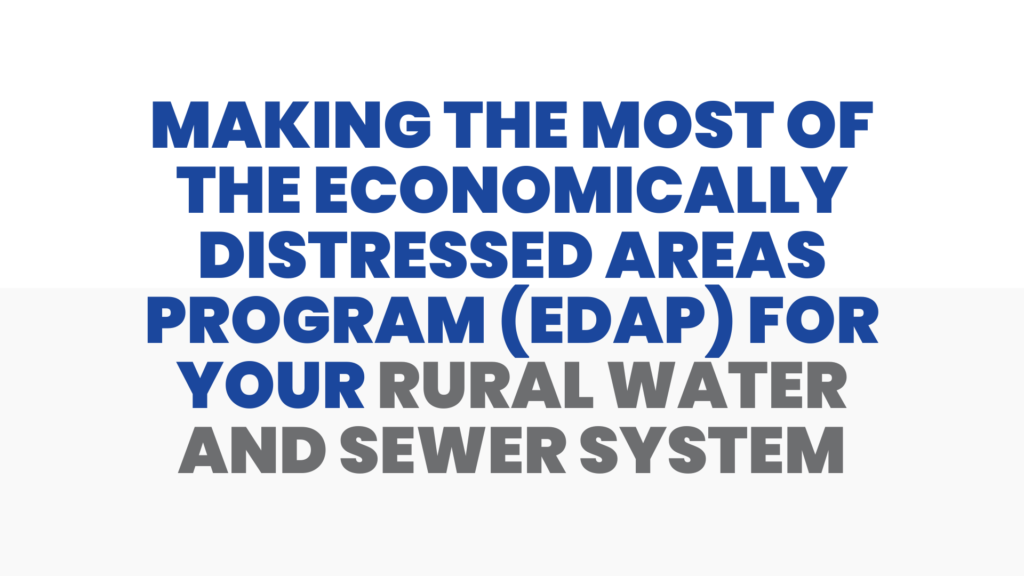
In rural water and sewer communities, we are the stewards of our natural resources. We understand the importance of maintaining clean water for our families, farms, and future generations.
Knowing When Your Wastewater Treatment Plant (WWTP) Needs to be Upgraded: A Guide for Rural Communities
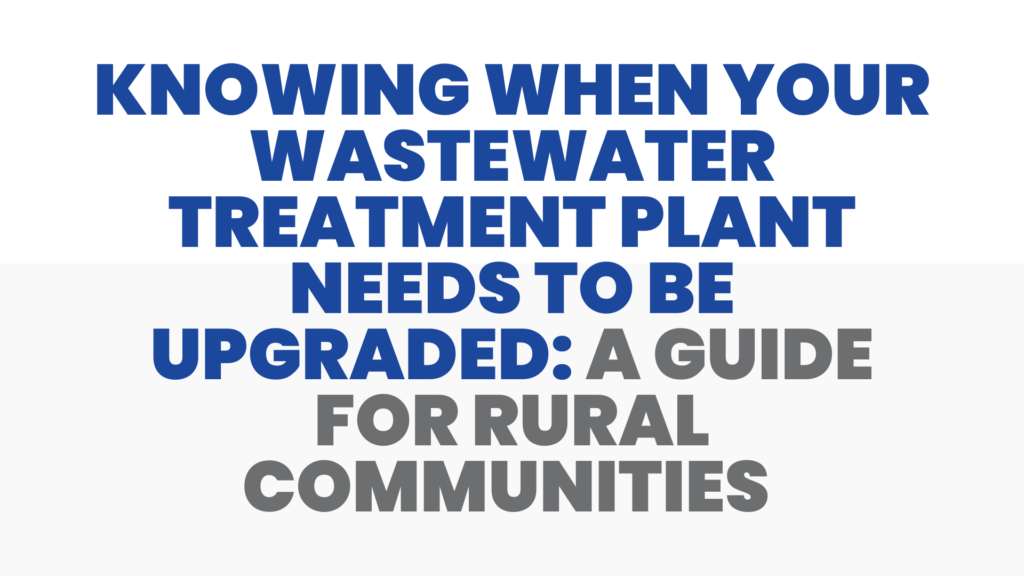
In rural water and sewer communities, we are the stewards of our natural resources. We understand the importance of maintaining clean water for our families, farms, and future generations.
Why a Detailed Water Loss Analysis Matters for Rural Communities
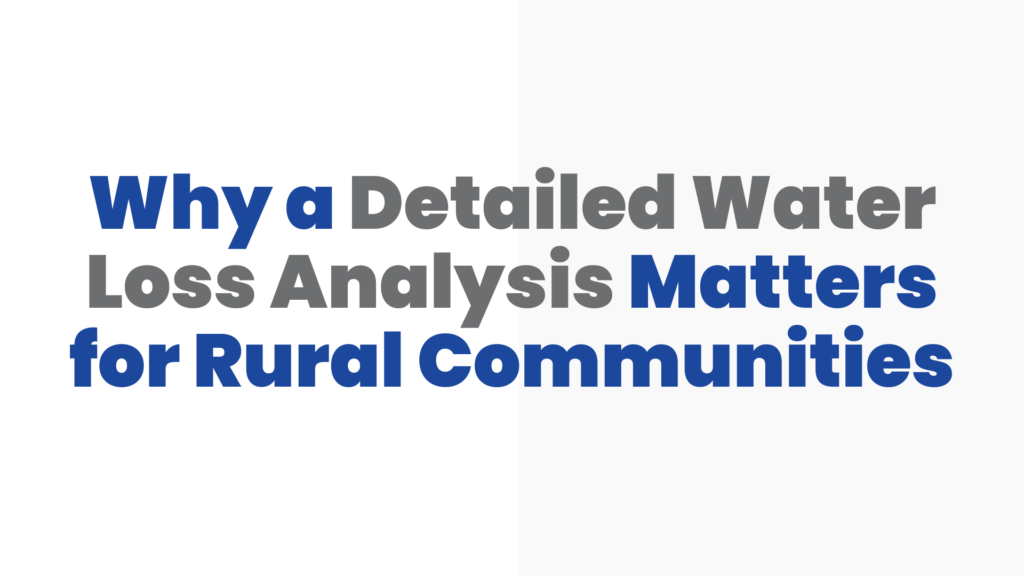
Water is a precious resource, especially in rural areas. Keeping track of how much water is being used and making sure none is wasted is very important. In this article, we will talk about why a detailed water loss analysis matters and how it can help rural water and sewer communities save money and protect their water resources.
Innovative Water Treatment Technologies for Rural Communities: Affordable and Sustainable Solutions
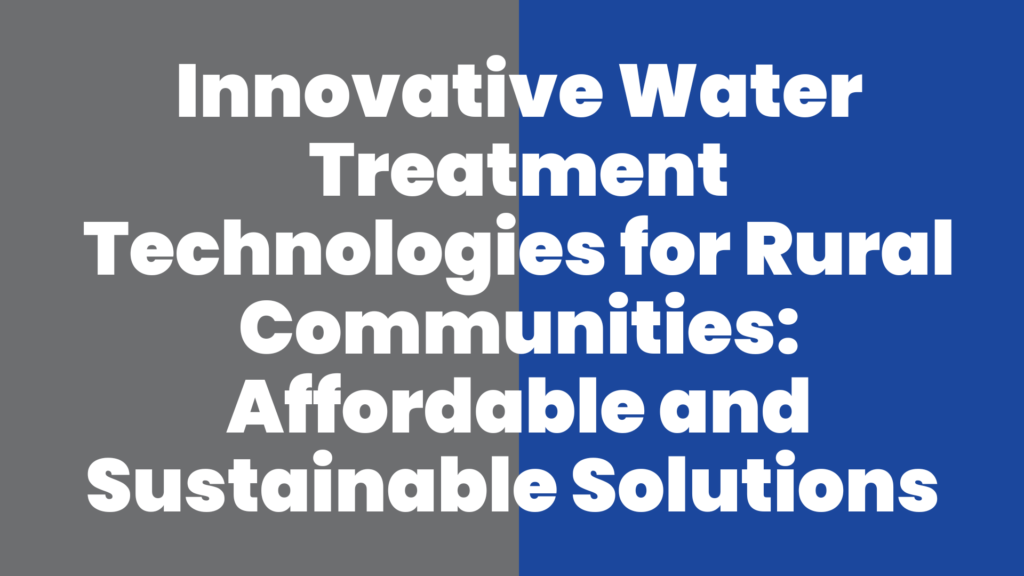
As a member of a rural water and sewer community, you understand the importance of providing clean and safe water to your neighbors. Your commitment to your community is unmatched, and you continuously look for ways to improve the quality of life for those around you.
Why Electrocoagulation Matters for Rural Water and Sewer Providers
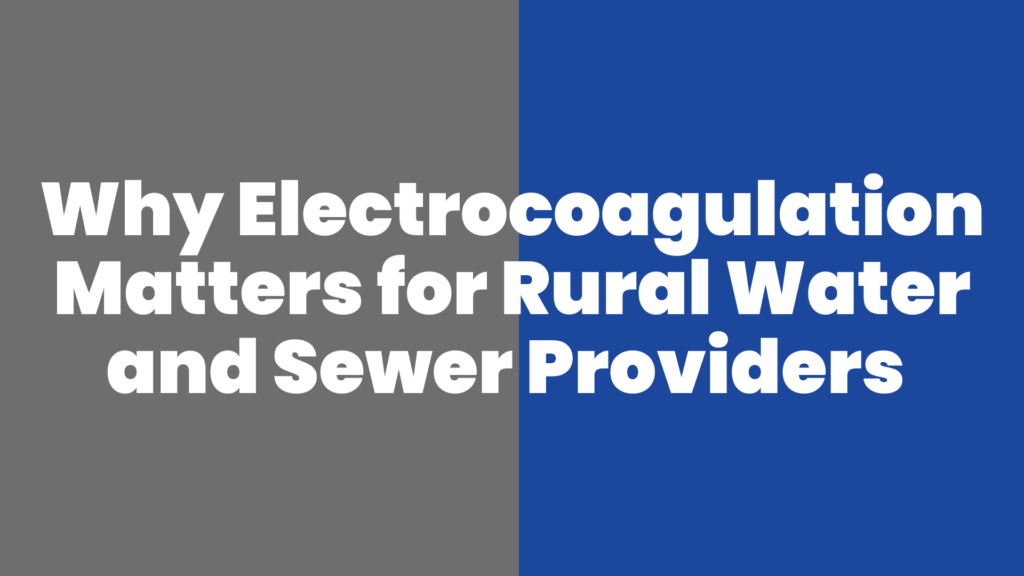
Why Electrocoagulation Matters for Rural Water and Sewer Providers In recent years, electrocoagulation has emerged as a game-changing wastewater treatment technology, especially for rural water and sewer providers. Offering several advantages over traditional treatment processes, electrocoagulation is gaining popularity and backed by extensive research. In this blog, we’ll explore the reasons behind the increasing adoption of electrocoagulation and discuss specific examples that highlight its importance for rural water and sewer providers. The Advantages of Electrocoagulation for Rural Providers: Electrocoagulation offers numerous benefits that make it particularly appealing to rural water and sewer providers: Improved efficiency: Electrocoagulation effectively removes a wide range of pollutants, including heavy metals, suspended solids, and organic compounds, resulting in cleaner effluent. This is crucial for rural providers who often face challenges in meeting stringent water quality standards (1). Cost-effectiveness: This technology requires fewer chemicals and produces less sludge than traditional methods, reducing operational costs and simplifying sludge disposal. This is particularly beneficial for rural providers who often operate on limited budgets (2). Scalability: The modular design of electrocoagulation systems allows for easy expansion and adaptation to meet changing treatment requirements. This adaptability is critical for rural providers who must accommodate fluctuating populations and wastewater loads (3). Environmental sustainability: Electrocoagulation generates fewer greenhouse gas emissions and has a smaller carbon footprint than conventional treatment processes, promoting sustainable practices in rural communities (4). Real-World Examples for Rural Providers: Electrocoagulation has shown promising results in various rural settings. A study conducted in rural India demonstrated the technology’s effectiveness, as electrocoagulation removed over 90% of pollutants from domestic wastewater (1). This case highlights the technology’s ability to address the unique challenges faced by rural providers in developing regions. Another example comes from the successful implementation of electrocoagulation systems in small- and medium-sized wastewater treatment plants across the United States. Companies like Genesis Water Technologies offer a range of electrocoagulation solutions tailored to meet the needs of rural water and sewer providers, helping them achieve improved wastewater treatment outcomes and comply with strict regulations. Electrocoagulation is revolutionizing wastewater treatment for rural water and sewer providers by offering improved efficiency, cost-effectiveness, scalability, and environmental sustainability. As more rural providers adopt this innovative technology, we can expect to see significant improvements in wastewater management and overall water quality in rural communities. Stay informed about the latest developments in electrocoagulation and other wastewater treatment technologies by following our blog at Modern Engineering Solutions. References: (1) Emamjomeh, M. M., & Sivakumar, M. (2009). Review of pollutants removed by electrocoagulation and electrocoagulation/flotation processes. Journal of Environmental Management, 90(5), 1663-1679. (2) Vasudevan, S., & Lakshmi, J. (2011). Electrocoagulation of textile industry effluent using iron and aluminium electrodes. Journal of Chemical & Engineering Research, 3(2), 63-69. (3) Zodi, S., Potier, O., Lapicque, F., & Leclerc, J. P. (2011). Treatment of the textile wastewaters by electrocoagulation: Effect of operating parameters on the sludge settling characteristics. Separation and Purification Technology, 81(1), (4) Kobya, M., Can, O. T., & Bayramoglu, M. (2003).
Three Things You Need to Know for a Better Community Water and Sewer System
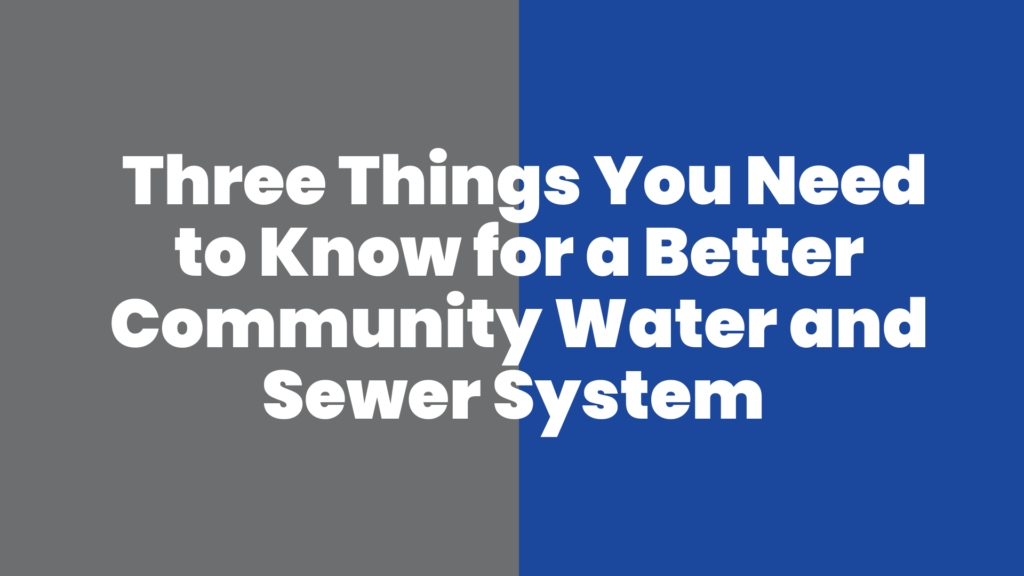
Contributing to a rural water and sewer community, you wear many hats and often have to learn a wide range of skills to make your job a success.
First Steps to Getting Your Project Approved with Denver Water
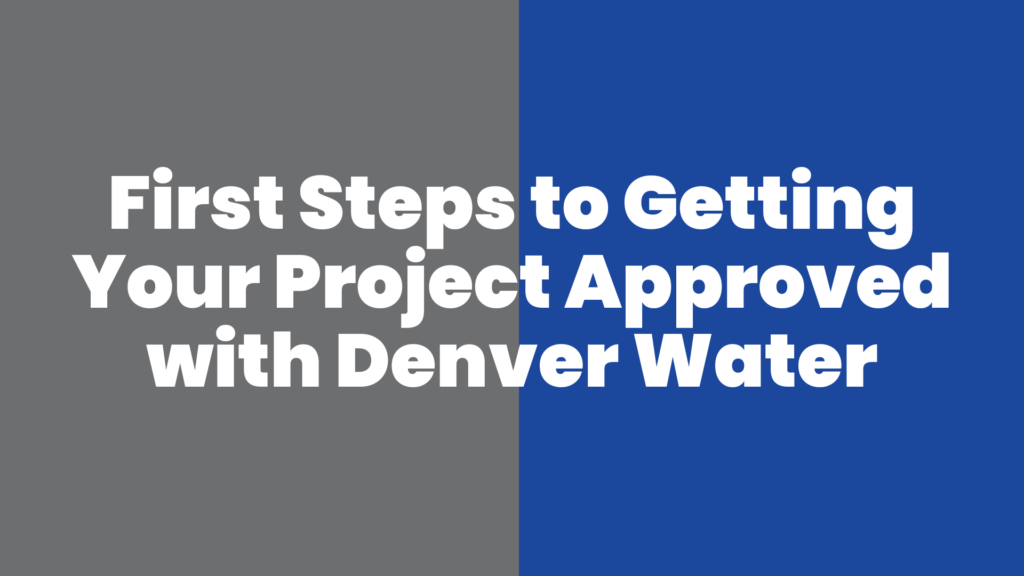
Effective Jan. 1, 2023, Denver Water is implementing mandatory computer-based training for all design engineers that submit plans for review.
Wastewater Engineering and Permitting
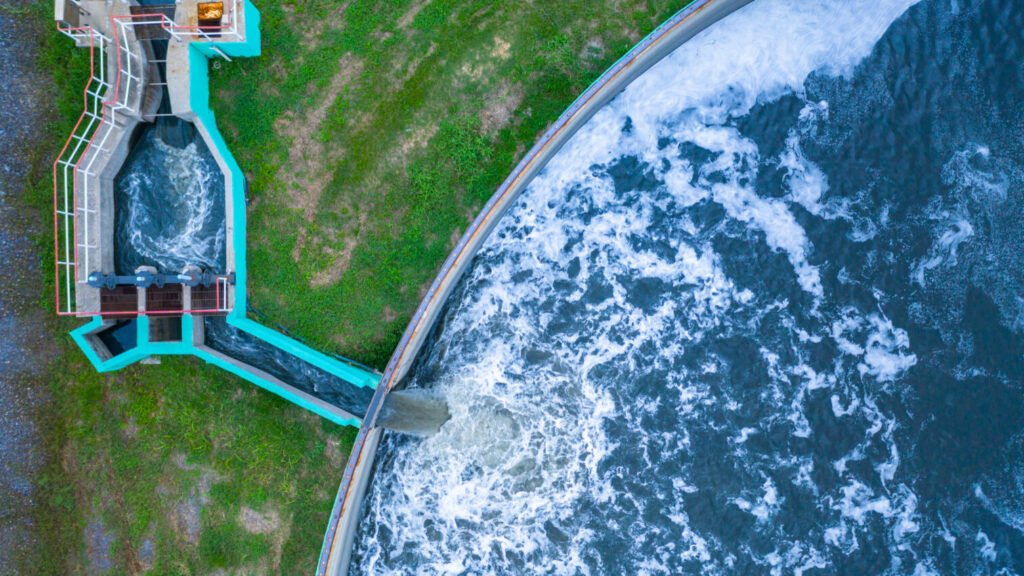
Wastewater Engineering and Permitting If you are a developer/property owner in a construction project, you must arrange for adequate storm and sanitary sewer services to the development site. The developer (property owner) will need to contact the appropriate wastewater engineer. The City and County of Denver’s Wastewater Engineering Department has final say over any new major development and redevelopment in the county. This includes development requiring a permit that results in the discharge of stormwater or wastewater, such as those resulting from the following: Sites and development of one-half acre or more Sanitary sewer lines Storm lines Drainage channels Water quality facilities The Wastewater Engineering and Permitting Division provides services to meet Denver’s current and future needs for safe and effective wastewater collection, transport and treatment. Applications for construction permits are processed as either minor construction or major construction through the combined efforts of Development Services and Denver Department of Transportation Construction Activities Stormwater Discharge Permit (CASDP) A Construction Activities Stormwater Discharge Permit (CASDP) is required for any project that meets the criteria listed below, or at the discretion of the DS Engineer. Stormwater Management Plans are required for development activities that include the disturbance of one acre or more; site development or redevelopment that is part of a larger plan; site development or redevelopment which has significant potential for erosion; or construction activities on soils contaminated by hazardous pollutants. The Construction Plan and Drainage Report or the Sanitary Sewer Study are required at the discretion of the Development Services engineer. This study must be done by a licensed professional engineer like Michael Groselle, P.E. from Modern Engineering Solutions, who will prepare a site plan to show the extent of work proposed; existing topographical contours, grades, and drainageways; proposed grades and profiles for roads, channels, and foundations; locations of existing drains and manholes; plans for structures (if any); proposed treatment facilities; proposed landscaping features such as curbs, sidewalks, fences (if any), etc… This guide helps the design professional consider and incorporate aesthetic elements at the earliest stages of designing a stormwater detention pond when an above-ground facility is chosen as a method to control stormwater runoff. It provides a process review, design considerations and tools to assist professionals in meeting their clients’ aesthetic needs while achieving technical requirements. Aesthetically enhanced detention and water quality ponds(PDF, 8MB) Step 1: Requirements for Submittal Storm Drainage Submittal and Sanitary Sewer Requirements Application to Construct (TEP Application)(PDF, 180KB) Attachment #1 – Engineers Certification Block(PDF, 13KB) Attachment #2 – Irrevocable Letter of Credit Sample(PDF, 118KB) Attachment #3 – Certificate of Inspection Letter Sample(PDF, 180KB) Attachment #4 – Title Block Sample(PDF, 362KB) Development Services Sanitary and Storm General Submittal Guidelines(PDF, 251KB) Easement Relinquishments Entrance Requirements(PDF, 586KB) Fees Sample Letter of Certification(PDF, 74KB) Sewer Main Build Over Requirements(PDF, 86KB) Sewer Main Line Abandonment Requirements(PDF, 88KB) Sample Permanent Non-Exclusive Easement (PNEE)(PDF, NOTE: Developments and Projects over 1 acre (both residential AND commercial) will also require a Construction Activities Stormwater Discharge Permit (CASDP) Step 2: Sewer Use and Drainage Permits (SUDP – Wastewater) See the Sewer Use and Drainage Permit page for complete information on Wastewater SUDP permits. Step 3: Standards and Details The following technical documents can be downloaded from the Department of Transportation & Infrastructure, Right of Way Services, Technical Documents page. Manuals and Regulations or Department of Transportation & Infrastructure Document Center. Sanitary design and technical criteria manual Sanitary sewer master plan Storm drainage design and technical criteria manual Storm drainage master plan Wastewater detail and technical specifications Wastewater standard detail drawings Step 4: Standard Fees For information on DOTI standard fees, see Department of Transportation and Infrastructure (DOTI) /SUDP under Building and Land Development Fees.
Aerobic System Inspection & Maintenance
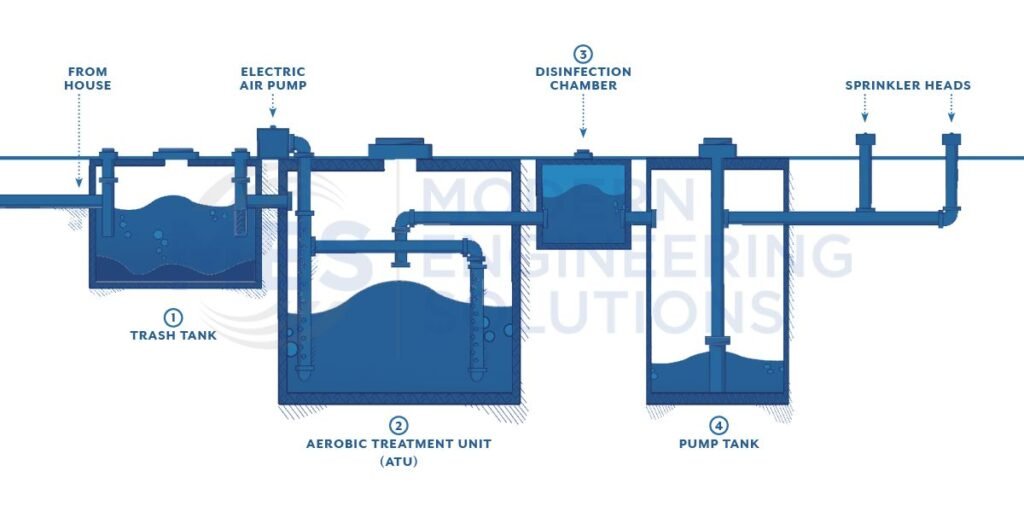
Aerobic System Inspection & Maintenance Aerobic treatment is a type of surface application that uses oxygen and or air to break down organic pollutants. The process of aerobic treatment is also known as activated sludge. The wastewater is mixed with microorganisms that feed on the organic pollutants. The mixture is then agitated to keep the microorganisms alive and breaking down the pollutants. Oxygen or air is then added to the mixture to help the process along. The wastewater then flows over a series of sloped surfaces which helps to separate the liquids from the solids. The liquids are then collected and discharged while the solids are dried and disposed of. The process is considered an anaerobic process because it does not use oxygen. The wastewater is mixed with microorganisms that feed on the organic pollutants. The process of aerobic treatment is one that uses a type of microorganism known as “bacteria”. The bacteria are allowed to produce enzymes that are toxic to the pollutants. The resulting toxins and organic wastes are then removed by the wastewater treatment plant. The activated sludge process is a technique for treating sewage. The process of aerobic treatment uses bacteria to help break down the pollutants in the wastewater. The toxic chemicals are then removed from the wastewater by a series of processes known as “biochemical oxidation”. The activated sludge process is a technique of sewage treatment that uses a biological agent to kill the microorganisms and promote the growth of organisms that can remove pollutants from the wastewater. Developer SERVICES Trinity Retail Plaza PROJECT Water and Wastewater Solutions SERVICES Arabian Acres Metropolitan District Treatment Improvement PROJECT Engineering Firms SERVICES Extraterritorial Jurisdiction (ETJ) BLOG
Types of Sewer Systems
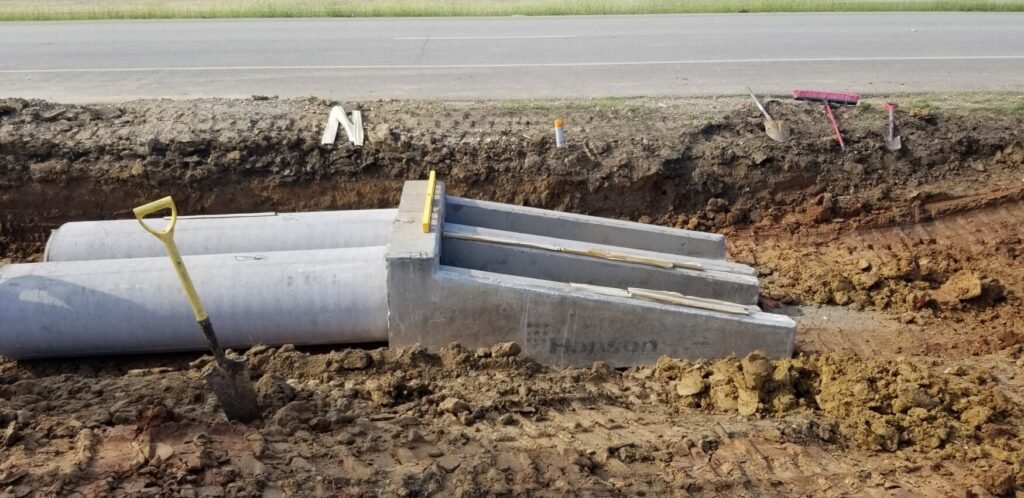
Types of Sewer Systems The Colorado landscape is dotted with Colorado land drainage systems, used to move water away from dry regions and into rivers and reservoirs. The state has more than 1,000 miles of canals and ditches, most of which were built in the 1800s to serve as a primary means of transportation and irrigation. Over time, many of these waterways have been replaced by paved roads or other forms of infrastructure, but they continue to play an important role in Colorado’s economy and culture. City planners must take into account many factors when designing a city, including the type of drainage system to be used. The most common type of drainage system is the underground storm sewer. This system consists of a network of pipes that collect rainwater and runoff from streets and other paved areas and carries it away from the city. There are several other types of drainage systems, each with its own advantages and disadvantages. Storm Sewer Systems Storm sewer systems are usually underground and carry away the water from streets and other paved areas. Sanitary sewers also carry sewage away from homes and businesses, as well as industrial waste. Combined sewer systems are underground networks that carry both storm water and sewage. Combined sewer systems are rarely used anymore and have been a big problem in major cities like New York City. Storm sewers are usually found in urban areas. They receive runoff from streets and other paved areas, as well as industrial waste, and carry that water away from the city. Sanitary Sewer Systems Private sewers are underground pipes that carry wastewater away from homes and businesses. Most private sewer service is provided by a private company, usually the same type of company that provides municipal services. In the United States, sewer systems are regulated by the U.S. Environmental Protection Agency (EPA), which uses a set of standards called the National Pollutant Discharge Elimination System (NPDES). The majority of sewer systems consist of a series of open-ended, underground pipes that carry wastewater from homes and businesses to a treatment plant, where it is treated. How Does City Drainage Systems Work? City drainage systems are made up of many different components that work together to move rain and snow out of the city and into rivers or oceans. The main components of a city drainage system are the storm sewer, street drainage, water main, and culverts. Typical storm sewers are open-ended, underground pipes that carry wastewater from rooftops to a treatment plant. They typically consist of pipe diameters from 12 inches to over 10 feet. The street drainage system is usually the primary means of transporting stormwater runoff from the roads to sewers. It consists of a network of channeled pipes and concrete boxes, sometimes called “swales” or “road swales”. In the United States, stormwater management is typically limited to the “urban” watershed level. In other words, local governments are responsible for managing runoff from their own streets and buildings. Tagged sanitary, sewer system, storm
Septic Tank & Absorptive Drainfield

Septic Tank & Absorptive Drainfield Septic tanks and absorptive drainfields are two common wastewater treatment technology options for on site treatment. Septic tanks work by breaking down the waste matter in the sewage into small particles that can be removed by the soil. Septic tanks are a cheap option, but they require frequent maintenance to remove the waste matter and other matter that is not broken down. Gravel or slag can be added to the tank to make it a more effective means of treatment. Septic tanks can be used to treat domestic sewage, but they are typically not suitable for the treatment of industrial waste. Absorptive drainfields use a layer of sand or other absorbent material to soak up water and waste, then displace it through a trench to an underground drainage system. A septic tank absorption field system is a type of subsurface irrigation that uses aerated soil in the tank to help eliminate excess salts from the treated water. The system consists of a buried pipe that connects a septic tank to an underground, pressurized distribution system. Aeration of the soil in the tank allows for the water to be pumped through the pipe and then out into a subsurface drip or sprinkler system. There are many different types of treatment and disposal options when looking to treat wastewater on-site. If you need help understanding local and state regulations or have questions about when system suites your use best reach out to us today!
7 Basics Necessities for Septic Systems
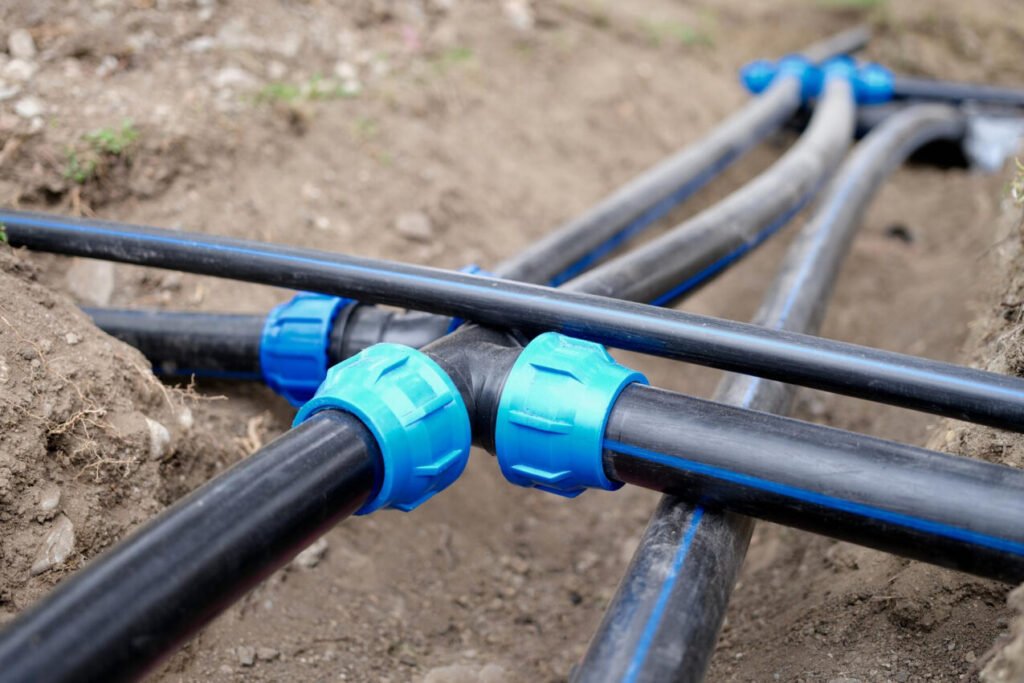
7 Basics Necessities for Septic Systems Septic systems are a necessary part of many homes in the United States, but they can also be quite expensive to install and maintain. Here are some basics for those looking to install or maintain a septic system in Texas: 1) Septic systems work by absorbing waste from toilets and sinks into small holes located underground. These waste products are then broken down by microorganisms and filtered through soil until it reaches an aquifer. 2) Septic systems are regulated in Texas by both TCEQ Chapter 285 (Texas Administrative Code (state.tx.us)) and by each county. Sometimes there are local permitting agencies within the county, like LCRA (LCRA), who also permit the septic systems. Each county typically has its own set of standards for septic system installations and maintenance. 3) There are two main areas for septic system: treatment and disposal. 4) Treatment typically occurs in buried tanks next the house 5) Disposal typically occurs in an infiltration field or area next to the usage site. 6) A septic system can fail when the infiltration field becomes clogged by roots from nearby trees or shrubs. 7) The systems should be inspected and tested every 2 years, otherwise septic system failure can occur. Tagged lcra, septic
Tips and Tricks: Wet Utility Installation Review (UIR) System
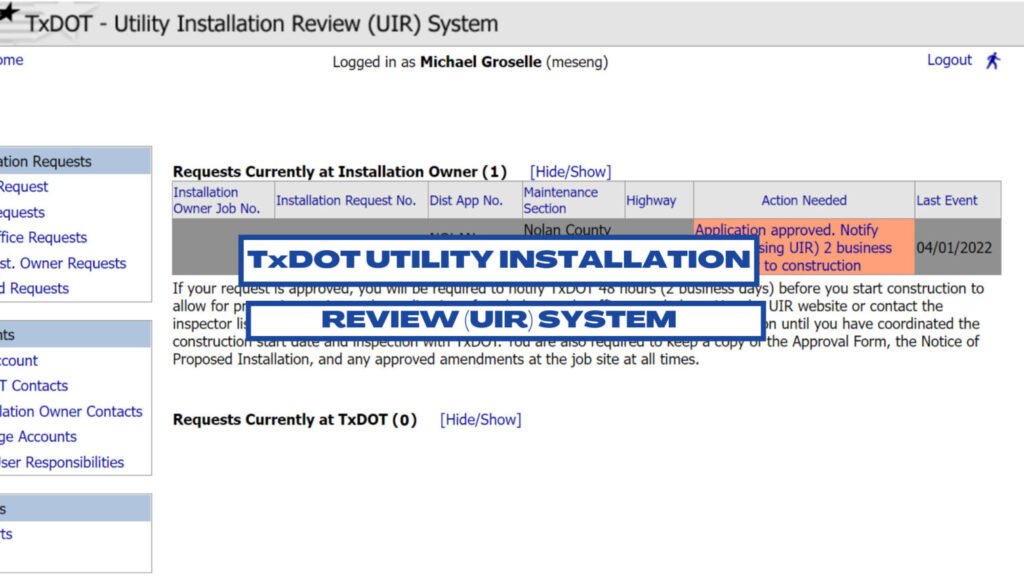
TxDOT (Texas Department of Transportation) started using a new utility installation review (UIR) system in late 2016. The UIR system is an electronic submission and review process that allows contractors to submit all information related to a proposed utility installation (water, sewer, storm, gas, electric, etc…) project for review and approval prior to starting work. This helps to ensure that all projects comply with state and federal standards, and it also helps to avoid costly rework later on. Contractors have found the UIR system to be user-friendly, and TxDOT has seen a significant reduction in the number of project delays related to wet utility installations. Pre-construction activities, such as soil boring and testing, are also now required before any utility project can be started. This helps TxDOT to ensure that a contractor is properly prepared to perform the project and that the plans for the project are accurate. The UIR process also helps to ensure that the contractor submits accurate and complete plans. After all, a project is not only built on top of the existing roadbed but also over the underground utility lines. At the same time, the UIR process helps to ensure that TxDOT is adequately prepared for any unexpected issues that may arise during construction. Here are some tips and tricks for navigating efficiently through the UIR system: Get in contact with the local TxDOT reviewer before submitting Fill out a 1980-ROW form (PDF format) Fill out 1828b form (PDF format) Fill out 1082 form (Word document format) Become an authorized contact for your client to submit on their behalf If completing a replacement project submit an abandonment letter TxDOT UIR system can be tricky, but if you have the correct documents filled out and in contact with the right people it can make the process simple and effective. Reach out to us today with help on your next UIR submittal project!
EPANET Water Modeling

EPANET Water Modeling EPANET Water Model is a software tool that uses mathematical modeling to predict the fate and transport of pollutants, pressure within the pipe network, and predict flows. The model was developed by the EPA in response to the Clean Water Act of 1972, and has been used to evaluate water quality conditions in numerous US rivers and lakes. EPANET is an online tool that can be used to simulate the fate of pollutants in rivers and streams, including their transport and accumulation in sediments. EPANET is divided into five main sections: the EPANET Water Quality Model, which provides a mechanistic model of how water quality changes in rivers and streams; the Screening Tool, which allows users to test the model by setting various parameters; the Analytical Data Set, which ia a database of data on water quality conditions in the US; and two tools to run EPANET simulations: the EPANET Simulator and the EPANET Viewer. The EPA has developed a comprehensive tutorial for using EPANET, which may be found at EPANET 2.2.0: An EPA and Water Community Collaboration | US EPA. The EPANET section is divided into the following five main areas: The application of the least squares regression model to simulate hydraulic parameters in water distribution networks. Application of the EPANET to simulate hydraulic parameters in water distribution networks. Implementation of the EPANET section into a GIS environment. Testing and validation of the developed methodology. The EPANET section will be based on the least squares regression model and the data from an actual water distribution network. This methodology will be validated using data from a real water distribution network. Application for Modeling Drinking Water Distribution Systems The application for modeling drinking water distribution systems is an essential part of the water resources engineering process. By using a computer model, engineers can simulate various scenarios and understand the effects on water supplies. The accuracy of the simulation is contingent on the quality of the input data, which can be difficult to obtain in some cases. Pressure Networks : The Pressure Network (PN) is a widely used method of representing the supply and demand of water in a system. It provides a way to model the whole network without having to estimate pressure drop between every node. The pressure network consists of nodes connected by pressure loss. Pressure loss is the difference between the pressure in a node and the pressure that would be present if it was isolated from all other nodes in the system. Fire Flow Analysis: Fire Flow Analysis is used to determine the maximum available flow at a given hydrant within the EPANet Model network. A good starting point for determining the maximum fire flow within a network is finding the most remote hydrant within the network and testing different flows from that point. From there you can then determine the maximum square footage allowed for a sprinklered and non-sprinklered building. Water Quality Modeling: Below are the main uses for EPANET water quality modeling as listed on the EPA’s website: Storage tanks as capacities including either double-mixing, plug-flow, or double-compartment reactors. Motion of a non-reactive, tracking material through the network over time. The outcome and behavior of a certain compound as it changes over time.. Water’s age throughout a network.. A node’s flow will gradually spread through the entire process. At the pipe wall, bulk flow reactions take place. Pipe wall modeling accounts for mass transfer limitations. By default, growth or decay reactions can only proceed up to a specified potency. Global reactivity coefficients can be adjusted for each pipe on a pipe-by-pipe basis. Wall resistivity coefficients can be correlated to pipe roughness. Allows for mass inputs at any location in the network to vary in intensity over time. If you need any modeling efforts for your water networks we can help at Modern Engineering Solutions!
The Civil Engineer’s Role in the Wastewater Treatment Process
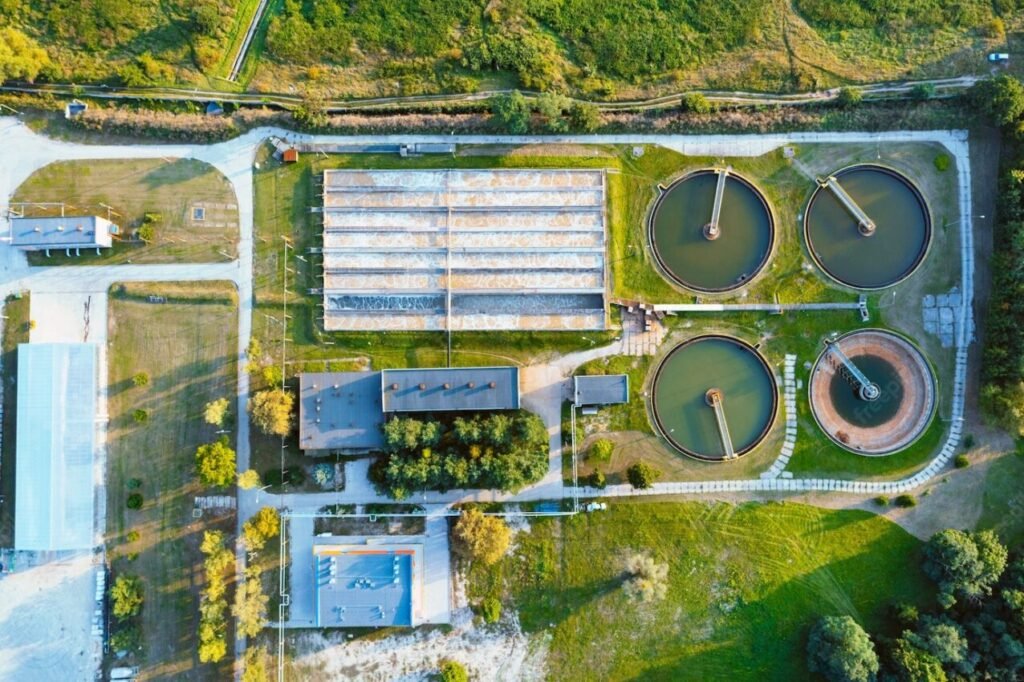
The Civil Engineer’s Role in the Wastewater Treatment Process A wastewater treatment plant is a complex and highly technical system that removes pollutants from wastewater. The engineer who designs and supervises the construction of wastewater treatment plants plays a critical role in ensuring that these systems operate successfully. Engineers must understand the principles of hydraulics, fluid mechanics, chemistry, and environmental engineering in order to design wastewater treatment plants that meet regulatory standards. In addition, engineers must be able to work with a variety of contractors and project managers to ensure a successful project. Wastewater Treatment Plant Engineers typically work for engineering firms or consulting firms that design and supervise the construction of wastewater treatment plants. They also may work for local, state, or federal agencies that regulate wastewater treatment facilities. Wastewater Treatment Plant Engineers typically work in offices or on-site at wastewater treatment plant facilities. However, they may also work with project managers and other technical specialists to coordinate the design of a site that meets applicable regulations. The wastewater treatment process begins with the collection of wastewater from various sources. The wastewater can come from homes, businesses, factories, or even farms. Once it is collected, the wastewater is screened to remove large objects such as rocks and bones. The water that remains is then contaminated with pollutants such as bacteria and chemicals. The wastewater treatment process is one that is constantly evolving in order to meet the needs of society. The next step in the process is to separate the different types of waste. This can be done through a variety of methods, including sedimentation tanks, flotation tanks, and clarifiers. Each method has its own benefits and drawbacks, which must be taken into account when designing a wastewater treatment plant. The primary clarifier is a tank that filters out the soluble contaminants. The secondary clarifier is a secondary tank that removes chlorine, chloramines and other volatile contaminants. The biosolids digestion and composting processes are used to treat the solids from the wastewater. Aeration is the process of using mechanical equipment to mix air into the wastewater. This aeration process increases the amount of oxygen available in wastewater and makes it easier for microorganisms to do their work. Filtration is the process of passing a solid waste through a filter that removes solids. The final method is direct treatment with chemicals or biological agents to kill the pathogens and other organisms in the wastewater. Developer SERVICES Trinity Retail Plaza PROJECT Water and Wastewater Solutions SERVICES Arabian Acres Metropolitan District Treatment Improvement PROJECT Engineering Firms SERVICES Extraterritorial Jurisdiction (ETJ) BLOG Next, the wastewater is disinfected using either chlorine or UV radiation. This will kill any microbes and also remove any chemical contaminants. After disinfection, the water is discharged back into the environment without taking any of the pollutants it contains with it. The wastewater treatment plants are operated by the local governments, and are completely separate from the collection system. In some countries, such as the United States, wastewater is collected in large centralized plants. Wastewater treatment plants are often located near industrial areas, such as factories, municipal water supply systems and sewage treatment plants. This is because the pollutants in wastewater tend to be toxic at low concentrations and are not easily removed by natural or chemical processes. Wastewater treatment plants are generally distinguished by the type of process they employ. In many cases, the population of a country is large enough that there is not only one wastewater treatment plant, but one for each major river basin.
Types of Zoning Classifications

Types of Zoning Classifications Zoning can be classified by its purpose. There are five typical types of zoning: residential, commercial, industrial, mixed-use, and special districts. Residential zoning is designed for single family homes and small businesses. Commercial zoning is for larger businesses such as malls and factories. Industrial zoning is for manufacturing plants and warehouses. Mixed-use zones allow for commercial and residential buildings to be close together in order to create a more livable community. Special districts are created in order to provide specific services or amenities such as schools or parks. Residential zoning is the most common type of zoning. Residential zones allow single family homes and small businesses to be located in residential areas, allowing for a more intimate living environment. Commercial zoning is usually intended for larger businesses such as malls, factories, and warehouses. Zoning is a complex topic, and there are many different factors that can affect the development of a zoning ordinance. How to Use Building Types in Zoning When zoning an area, it is important to consider the different types of buildings that will be present. This can help in creating a zoning ordinance that is specific to the needs of the community while still allowing for some flexibility. Here are some tips on how to use building types in zoning: First and foremost, always consider the intended use of the land. For example, a retail zone designed for stores and shopping centers would not be suitable for a residential zone designed for families with children. Next, look at the overall size and shape of the building. This can help the zoning department determine what type of building will be appropriate for a site. Consider the surrounding area. This will help determine whether or not a building is appropriate for a site. For example, if there are large trees in the area that would provide shade to a building, the zoning board may require that the size of the structure be reduced. Lastly, take into consideration the existing buildings in the area. This will help determine how a proposed structure should be designed. For example, if an area is already heavily populated by similar structures, it could be that a new building would need to blend itself into the environment. Request Services Resources The Role of Environmental Engineers in the Wastewater April 28, 2025 Guide to Design a Wastewater Treatment Plant in AutoCAD April 23, 2025 Containerized Wastewater Treatment: Modular Solutions for Lagoon Upgrades | WEFTEC SERIES | EP 11 March 25, 2025 Efficient Pump & Grinder Systems for Small Community Wastewater Needs | WEFTEC SERIES | EP 10 March 25, 2025 How BioLargo’s Aqueous Electrostatic Concentration Solves PFAS Contamination March 14, 2025 Are Frozen Mainlines Hurting Your Operation? March 12, 2025 Advanced Water Treatment: Chlorination, Flushing & Real-Time Data | WEFTEC SERIES | EP 9 March 3, 2025 Simplifying Screening Design & Process | WEFTEC SERIES | EP 8 February 10, 2025 Frequently Asked Questions What is Zoning? Zoning refers to the regulation of land use and development. Zoning is a process through which communities decide what types of buildings and land uses are appropriate for the community. What is a zoning ordinance? A zoning ordinance is a set of rules and regulations that govern land use in a particular area. What is a zoning map? A zoning map is a type of zoning ordinance that shows the specific areas that are zoned for particular land uses. A zoning map can be drawn to show the entire city, or it can be drawn to show an individual neighborhood. These zoning maps are commonly referred to as zoning sheets. What are the components of a zoning map? Zoning maps are drawn with a grid system, similar to a map of the United States. The top of each box is labeled with a letter or number corresponding to the zoning level. The boxes are then numbered consecutively in order of the numbered zones that are included in that particular box. The left and right sides of each box is labeled with a letter corresponding to the specific zoning level being designated. For example, the first box might read “R-1”, which would mean that the first zoning level is R-1. Why are zoning maps important? Zoning maps are important because they indicate the types of buildings that will be allowed in a particular area. If you are planning to build a building, it is important to know whether it will be allowed in your area or not. If you don’t know the zoning for your neighborhood, it is difficult to know whether or not your proposed building will be permitted in your area. If you are interested in zoning or want to learn more about it, feel free to contact us today!
How Modeling Wastewater Treatment Processes Saves Resources and Money

Water is a precious resource that needs to be managed properly in order to sustain the environment and our economy. A wastewater treatment plant is an important part of our water infrastructure, but it can be expensive to build and operate. Modeling wastewater treatment processes can help us save resources and money by optimizing plant performance.
The Future of Civil Engineering

Duis mollis, est non commodo luctus, nisi erat porttitor ligula, eget lacinia odio sem nec elit. Morbi leo risus, porta ac consectetur ac, vestibu lum at eros. Nulla vitae elit libero, a pharetra augue.
Top 2 Reasons Why Remote Meetings are King

Duis mollis, est non commodo luctus, nisi erat porttitor ligula, eget lacinia odio sem nec elit. Morbi leo risus, porta ac consectetur ac, vestibu lum at eros. Nulla vitae elit libero, a pharetra augue.
HDPE Pipe

Duis mollis, est non commodo luctus, nisi erat porttitor ligula, eget lacinia odio sem nec elit. Morbi leo risus, porta ac consectetur ac, vestibu lum at eros. Nulla vitae elit libero, a pharetra augue.
Colorado Water Improvement Project Grants
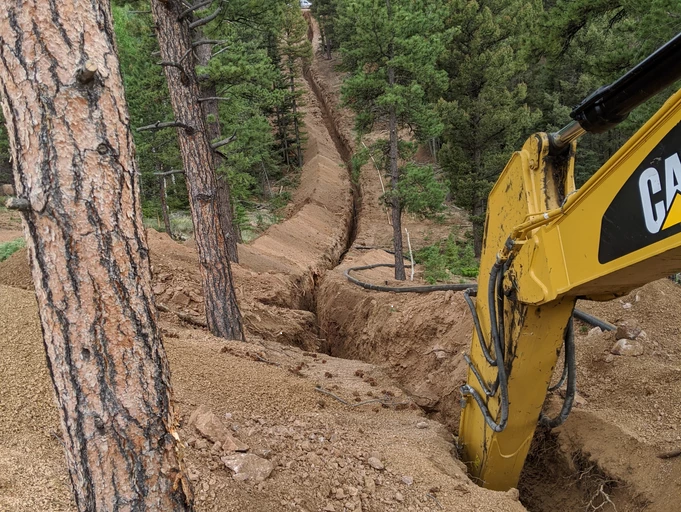
Duis mollis, est non commodo luctus, nisi erat porttitor ligula, eget lacinia odio sem nec elit. Morbi leo risus, porta ac consectetur ac, vestibu lum at eros. Nulla vitae elit libero, a pharetra augue.
Denver Site Development Review Process
Duis mollis, est non commodo luctus, nisi erat porttitor ligula, eget lacinia odio sem nec elit. Morbi leo risus, porta ac consectetur ac, vestibu lum at eros. Nulla vitae elit libero, a pharetra augue.
Texas Land Development Application Process

Duis mollis, est non commodo luctus, nisi erat porttitor ligula, eget lacinia odio sem nec elit. Morbi leo risus, porta ac consectetur ac, vestibu lum at eros. Nulla vitae elit libero, a pharetra augue.
Adams County Project Review Process
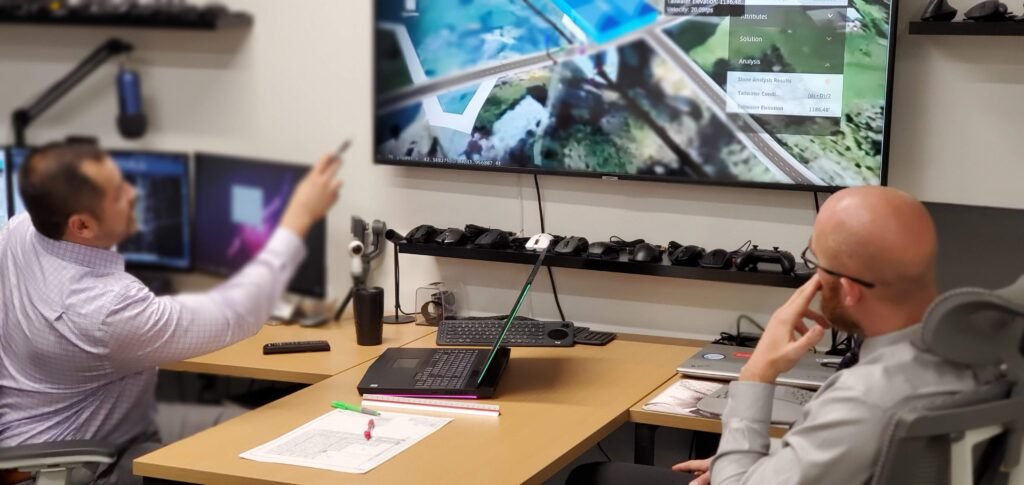
Duis mollis, est non commodo luctus, nisi erat porttitor ligula, eget lacinia odio sem nec elit. Morbi leo risus, porta ac consectetur ac, vestibu lum at eros. Nulla vitae elit libero, a pharetra augue.
